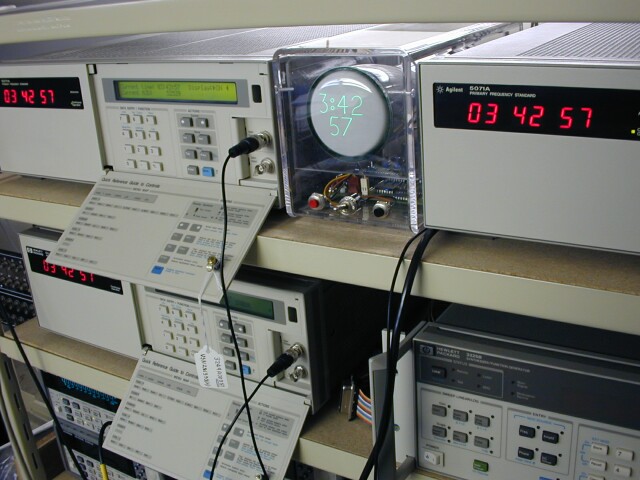On researching units of time I came across the leap second.
According to solar time we have 86400 seconds in a day. 60 seconds a minute, 60 minutes an hour, 24 hours a day = 86400. However, an atomic clock using approximations of the earth's spin calculates it to be 86400.002 seconds. This fraction of a millisecond adds 1 second to time every 500 days. So every few years we have 1 second added to a year to make up for it. The last time was on 31st December 2005 when accurate, connected clocks would show 23:59:60 before switching over to 00:00:00 on 1st January 2006. The next time this happens will be at the end of this year.
These are the things the guys down at the TAI use to measure time accurately;


This is probably the most accurate clock in the world:

Sadly, (I think) there is a quest underway to get rid of the leap second because they occur so irregularly and are hard to keep track of and replace it with a leap hour about 900 years from now.
Another quite interesting thing is the triple palindrome that happened in 2002 and won't happen again until 3003.
20:02 20/02 2002
Two minutes past eight on the twentieth of February two-thousand and two.

No comments:
Post a Comment